Articles > Geography
Trying the top The Largest Cities In Rhode Island cities on US State Largest Cities – Choose State & Number? Here are the top 10 to get you started.
1. Providence, RI (Population: 190,792)

Providence, the capital and largest city of Rhode Island, is one of the oldest cities in the United States, founded in 1636 by Roger Williams. Known for its rich history, vibrant arts scene, and educational institutions, Providence is home to Brown University and the Rhode Island School of Design, which shape its intellectual and cultural identity. The city has transformed its downtown and waterfront areas in recent decades, with the Riverwalk and WaterFire festival drawing residents and tourists alike. Providence boasts a diverse culinary scene, particularly renowned for its Italian heritage in the Federal Hill neighborhood. Its economy is driven by healthcare, education, and creative industries, while its neighborhoods reflect a mix of historic charm and modern development. With a balance of tradition and innovation, Providence continues to thrive as a cultural capital of New England.
Interesting Fact: Providence was one of the first cities in the U.S. to industrialize, becoming an early leader in textiles and jewelry manufacturing.
2. Warwick, RI (Population: 82,999)
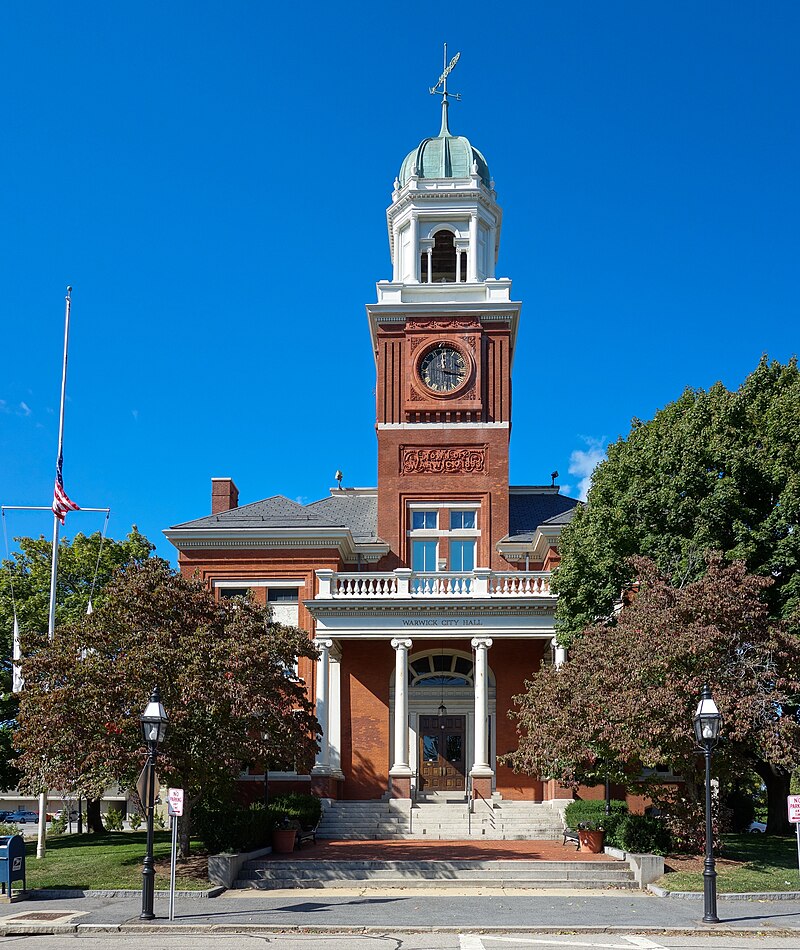
Warwick, located along Narragansett Bay, is Rhode Island’s second-largest city and a major center for commerce and transportation. With its extensive shoreline, Warwick offers beaches, marinas, and recreational areas, making it a popular destination for water activities. The city has a strong historical identity, having played a role in the American Revolution, most notably the burning of the British ship Gaspee in 1772. Warwick is also home to T.F. Green International Airport, which connects Rhode Island to the world. Retail and hospitality are significant parts of its economy, while its neighborhoods provide a mix of suburban living and coastal charm. Residents enjoy cultural events, parks, and access to Narragansett Bay, all while being just minutes from Providence. Warwick’s blend of history, commerce, and natural beauty continues to define its character.
Interesting Fact: The Gaspee Affair in Warwick is considered one of the first acts of defiance leading to the American Revolution.
3. Cranston, RI (Population: 82,635)
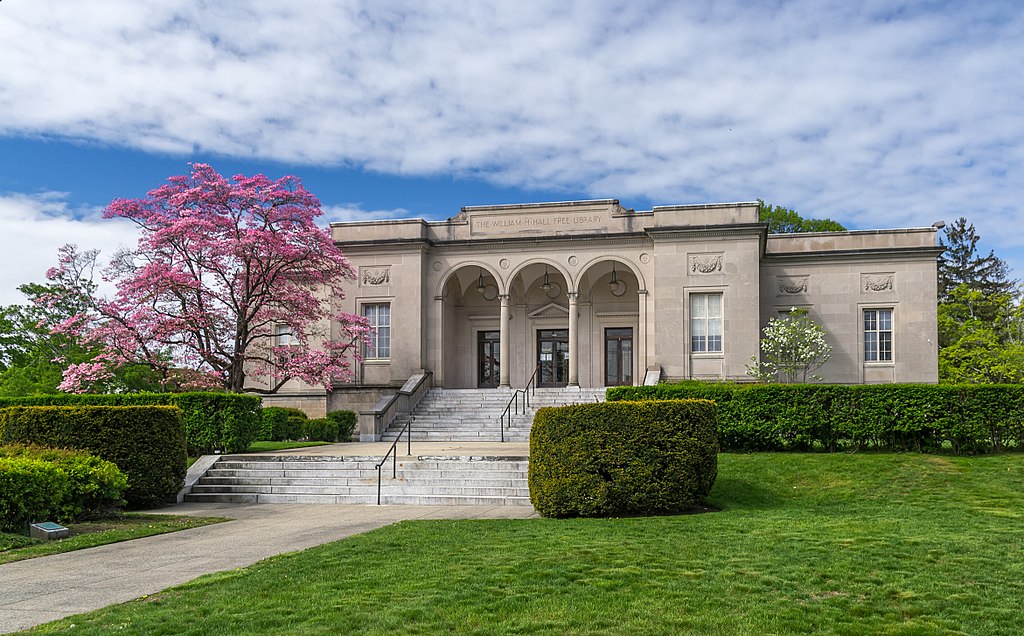
Cranston, located just southwest of Providence, is one of Rhode Island’s most populous and diverse cities. Historically an agricultural community, Cranston developed into a manufacturing hub before transitioning into a suburban and commercial center. Today, the city offers a mix of residential neighborhoods, shopping centers, and green spaces, making it one of the state’s most livable cities. Garden City Center, an open-air shopping and dining destination, is a popular regional draw. Cranston’s cultural life includes annual festivals, parks, and recreational facilities that serve its growing population. The city also emphasizes education and community programs, contributing to a strong quality of life. With its balance of history, suburban convenience, and economic opportunity, Cranston has become an important part of the greater Providence metropolitan area.
Interesting Fact: Cranston is home to Budlong Pool, one of the largest outdoor swimming pools in the United States.
4. Pawtucket, RI (Population: 75,321)
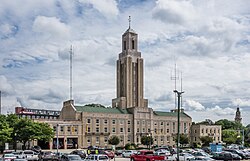
Pawtucket, located north of Providence along the Blackstone River, holds a special place in American history as the birthplace of the Industrial Revolution. In 1793, Samuel Slater established the first successful water-powered cotton mill in the U.S. here, launching a new era of manufacturing. Today, Pawtucket honors this legacy at the Slater Mill Historic Site, part of the Blackstone River Valley National Historical Park. The city also embraces arts and culture, with galleries, theaters, and the Pawtucket Arts Festival drawing creatives and visitors. Pawtucket is known for McCoy Stadium, former home of the Pawtucket Red Sox, and for its diverse community that supports local businesses and cuisines. With its mix of historic importance and cultural vibrancy, Pawtucket remains a cornerstone of Rhode Island’s identity.
Interesting Fact: Pawtucket was the site of the longest professional baseball game in history, a 33-inning marathon in 1981.
5. East Providence, RI (Population: 46,900)
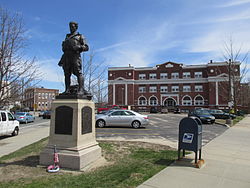
East Providence, located directly across the Seekonk River from Providence, blends suburban living with waterfront access. The city has roots in shipbuilding and industry, but today it thrives as a residential and commercial hub within the metropolitan area. East Providence is home to beautiful coastal areas such as Bold Point Park and Crescent Park, where residents enjoy outdoor recreation and waterfront views. The historic Crescent Park Looff Carousel, built in 1895, is a beloved landmark and reminder of the city’s cultural past. With diverse neighborhoods, good schools, and community events, East Providence appeals to families and commuters alike. Its proximity to both Providence and southeastern Massachusetts provides convenient connections for work and leisure.
Interesting Fact: The Crescent Park Carousel in East Providence is a National Historic Landmark and is considered one of the finest surviving carousels in America.
6. Woonsocket, RI (Population: 43,135)
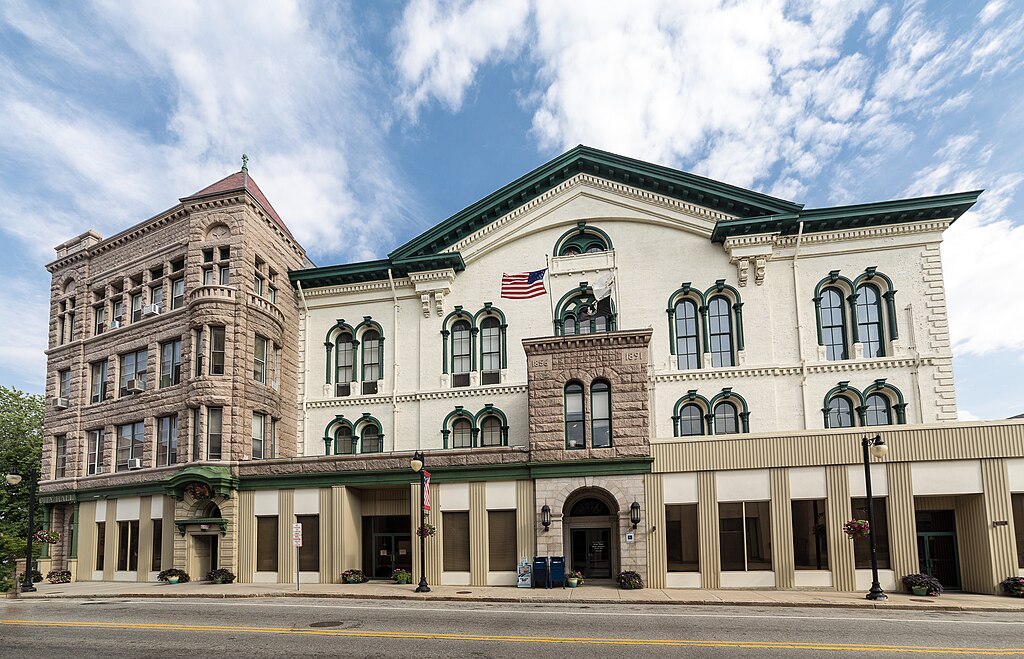
Woonsocket, located in northern Rhode Island, developed as a major textile manufacturing center during the 19th century. Its mills attracted a large French-Canadian immigrant population, whose influence is still visible in the city’s culture, festivals, and churches. Today, Woonsocket honors its heritage at the Museum of Work & Culture, which highlights the lives of mill workers and immigrant communities. The city is also home to the headquarters of CVS Health, one of the largest corporations in the United States, making it an important economic hub. Woonsocket’s downtown area features historic architecture, theaters, and local businesses, while its neighborhoods maintain a strong sense of community. Despite economic challenges, Woonsocket continues to balance its industrial past with new opportunities in healthcare, retail, and services.
Interesting Fact: Woonsocket has one of the largest French-Canadian populations in the U.S., with over half of its residents tracing ancestry to Quebec.
7. Cumberland, RI (Population: 36,591)
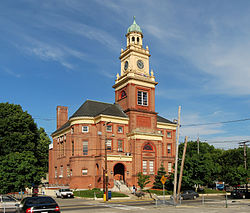
Cumberland, situated in northern Rhode Island, is a community that blends suburban life with historic and natural charm. Established in 1746, it features preserved colonial architecture alongside modern neighborhoods. The Blackstone River and Valley Greenway provide opportunities for outdoor recreation, from biking to kayaking. Diamond Hill Park is a local favorite for hiking, festivals, and winter sports. Cumberland’s economy combines small businesses with regional connections to Providence and Boston, making it a convenient home for commuters. The town also invests in schools and community programs, contributing to its reputation as a family-friendly place. With a mix of heritage, open spaces, and accessibility, Cumberland offers both tranquility and opportunity within the state’s smallest county.
Interesting Fact: Cumberland’s Diamond Hill was once a ski area and today hosts annual food and music festivals.
8. Coventry, RI (Population: 35,819)

Coventry, located in central Rhode Island, is the state’s largest town by area and offers a mix of rural landscapes and suburban development. Historically a mill town, Coventry retains reminders of its industrial past in its villages and historic sites. Today, it provides residents with scenic outdoor spaces, including the expansive Big River Management Area and Carbuncle Pond. The town is popular for hiking, fishing, and boating, making it a draw for nature enthusiasts. Coventry has grown residentially while preserving much of its small-town character. Its location provides convenient access to Providence while maintaining a quieter pace of life. Community events, schools, and local businesses contribute to a strong civic identity.
Interesting Fact: Coventry’s Big River Management Area spans more than 8,000 acres, making it the largest public land preserve in Rhode Island.
9. North Providence, RI (Population: 33,902)
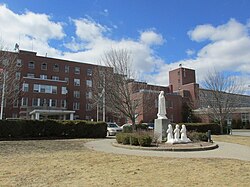
North Providence, a suburban community bordering Providence, is known for its mix of residential neighborhoods, schools, and parks. Though small in size, the town has a strong civic identity and provides residents with convenient access to the capital city’s amenities. Notable outdoor spaces include Governor John A. Notte Jr. Park, which features a lake, picnic areas, and sports facilities. North Providence has invested in public schools and community programs, reinforcing its reputation as a family-oriented town. Its neighborhoods offer a blend of historic homes and modern development, reflecting steady growth. With its close proximity to Providence, North Providence balances suburban living with urban accessibility.
Interesting Fact: North Providence was incorporated in 1765, separating from Providence to form its own township.
10. South Kingstown, RI (Population: 32,025)
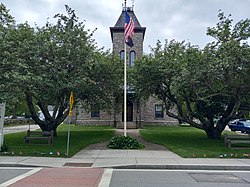
South Kingstown, located in southern Rhode Island, is a coastal community known for its beaches, historic villages, and connection to the University of Rhode Island. The town includes popular seaside areas such as Matunuck and Green Hill, which attract summer visitors and residents seeking coastal living. South Kingstown also features historic villages like Wakefield and Kingston, with preserved architecture and vibrant town centers. The University of Rhode Island adds a strong educational and cultural presence, hosting events, performances, and research initiatives. Outdoor recreation is abundant, with parks, trails, and shoreline access contributing to the town’s appeal. South Kingstown offers a unique combination of academic energy, small-town charm, and coastal beauty.
Interesting Fact: The Kingston Historic District in South Kingstown is home to the original campus of the University of Rhode Island, founded in 1892.




